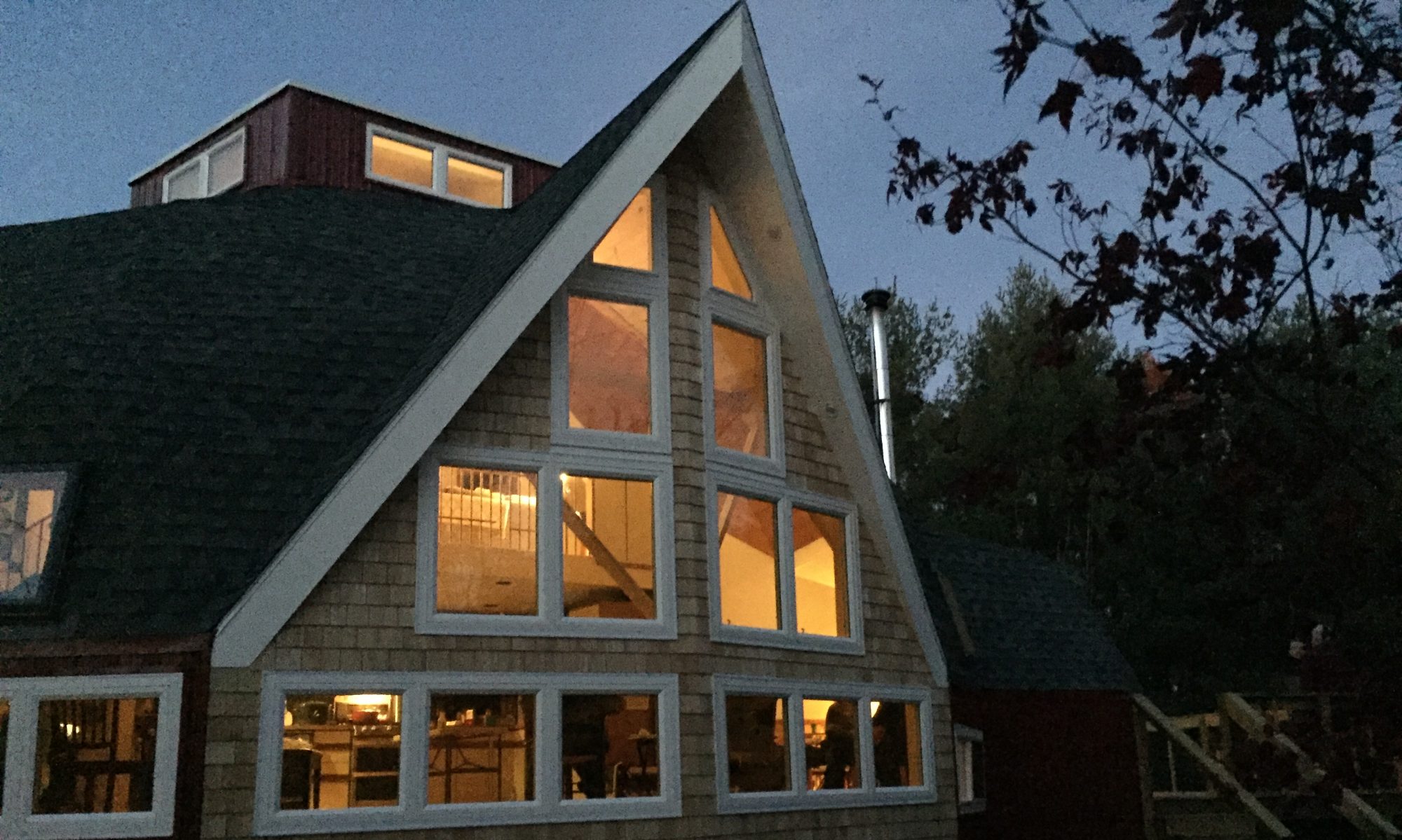I never did an updated post on the wildflower meadow. In its third year I think I’ll call it a success, though a qualified one.

The seed mix I planted included anise hyssop, wild bergamot, two varieties of aster, a goldenrod, boneset, lupine, blue false indigo, milkweed, coreopsis, spiderwort, ironweed, partridge pea, beardtongue, brown-eyed susan and grasses. So far, I’ve only found wild bergamot, boneset, partridge pea and brown-eyed susan, so not a very high success rate.
However, the first rule for a new wildflower meadow is to clear it of weeds, and I totally skipped that step. So we have a meadow with lots of intentionally planted native wildflowers, but plenty of weeds as well. Luckily there is only one truly nasty weed in there – Black Swallow-wort. This is an invasive vine that will attract monarch butterflies to lay their eggs, but the caterpillars will not survive on the plant. Luckily we have only a few small patches – I removed one patch last year, but missed a second patch that I just tackled last week. Hopefully I was successful and won’t be able to post any future photos.
The rest of the weeds (or volunteers?) include tufted vetch, ox-eye daisy, and several species of clover. So far I’ve identified rabbit-foot clover, hop clover and white sweet clover in addition to the common red clover I was already familiar with. Other than the white sweet clover, which apparently can be an aggressive spreader, all of these plants seem to be very attractive to our local bees so I’m leaving them alone.


Other than the gorgeous plains coreopsis in the first photo, which unfortunately is an annual, the biggest success last year was wild bergamot, which bloomed in great profusion in late July, and common evening primrose. The latter plant wasn’t included in the seed mix I purchased, but must have been a substitution for one of the other species.


This year the wild bergamot is clearly dominant in terms of plant numbers, but until it blooms the meadow is a pretty subdued mix of white from ox-eye daisy and daisy fleabane, and spots of purple and yellow from tufted vetch and hop clover. Sadly I can’t find any sign that the plains coreopsis re-seeded itself last year, and I also haven’t seen any primrose yet.
So should I have cleared the site of weeds? Absolutely. Was I too overwhelmed from moving in, commuting to Boston for work, and dealing with construction on the house to bother? Absolutely! So I would still call this meadow a success. After all, we have phoebes and house wrens that hunt in the meadow daily for insects to feed their nestlings. That works for me.





























